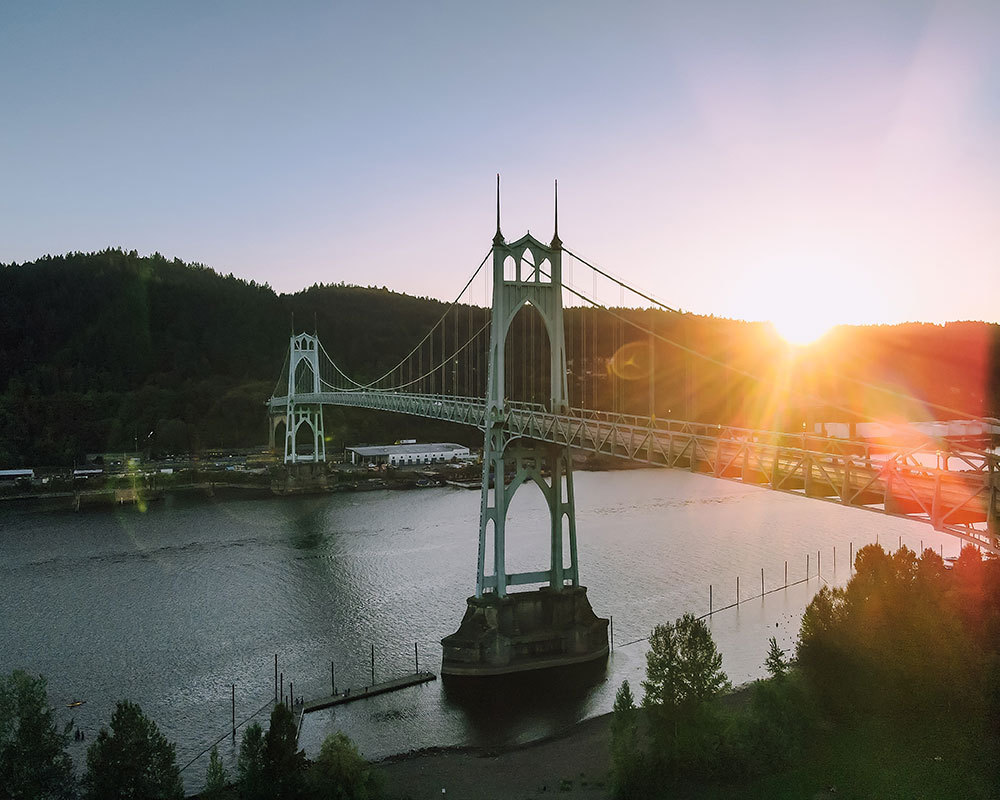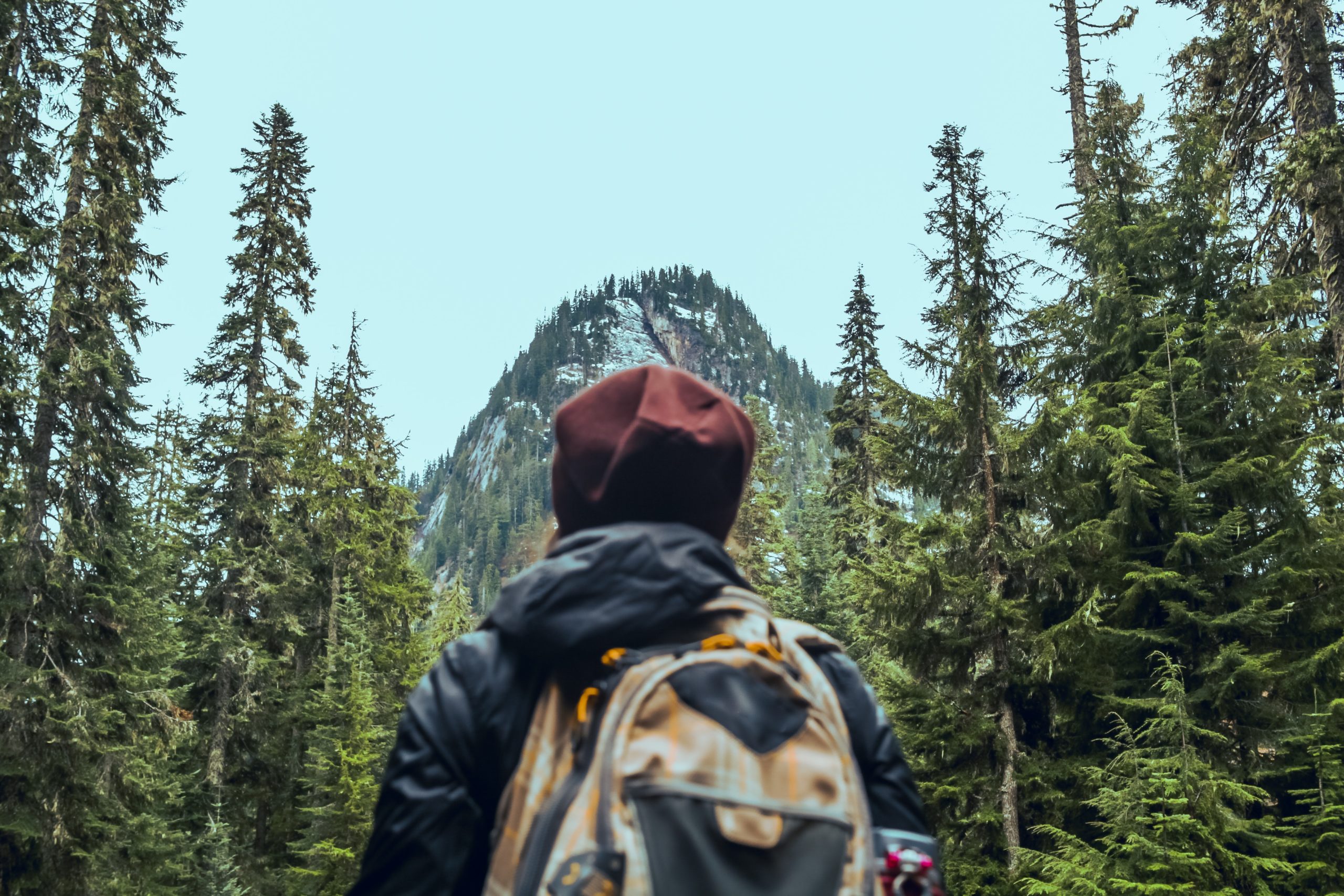Book Genres and the Best Portland Parks To Read Them In
I’ve compiled a list of popular book genres and the Portland parks they can be best enjoyed at. The next time you crave that fresh Pacific air and a cozy reading session, you can easily decide where to head.


